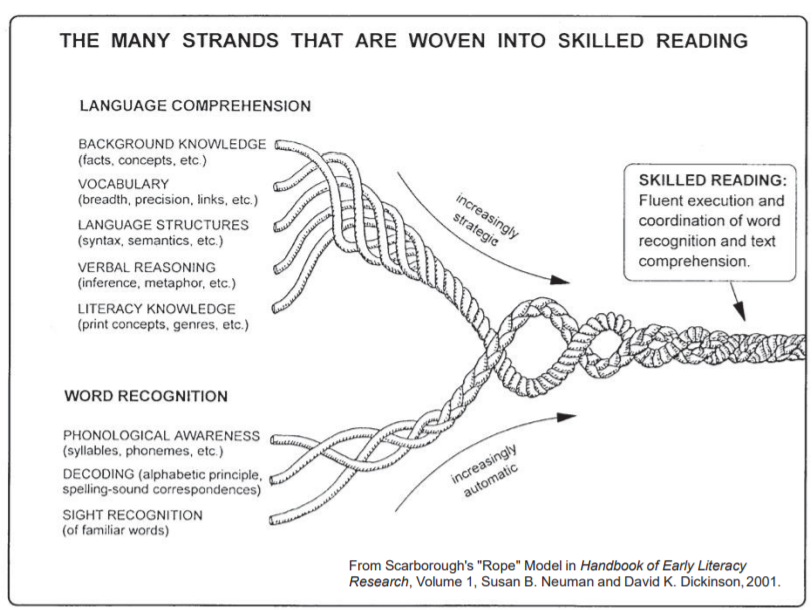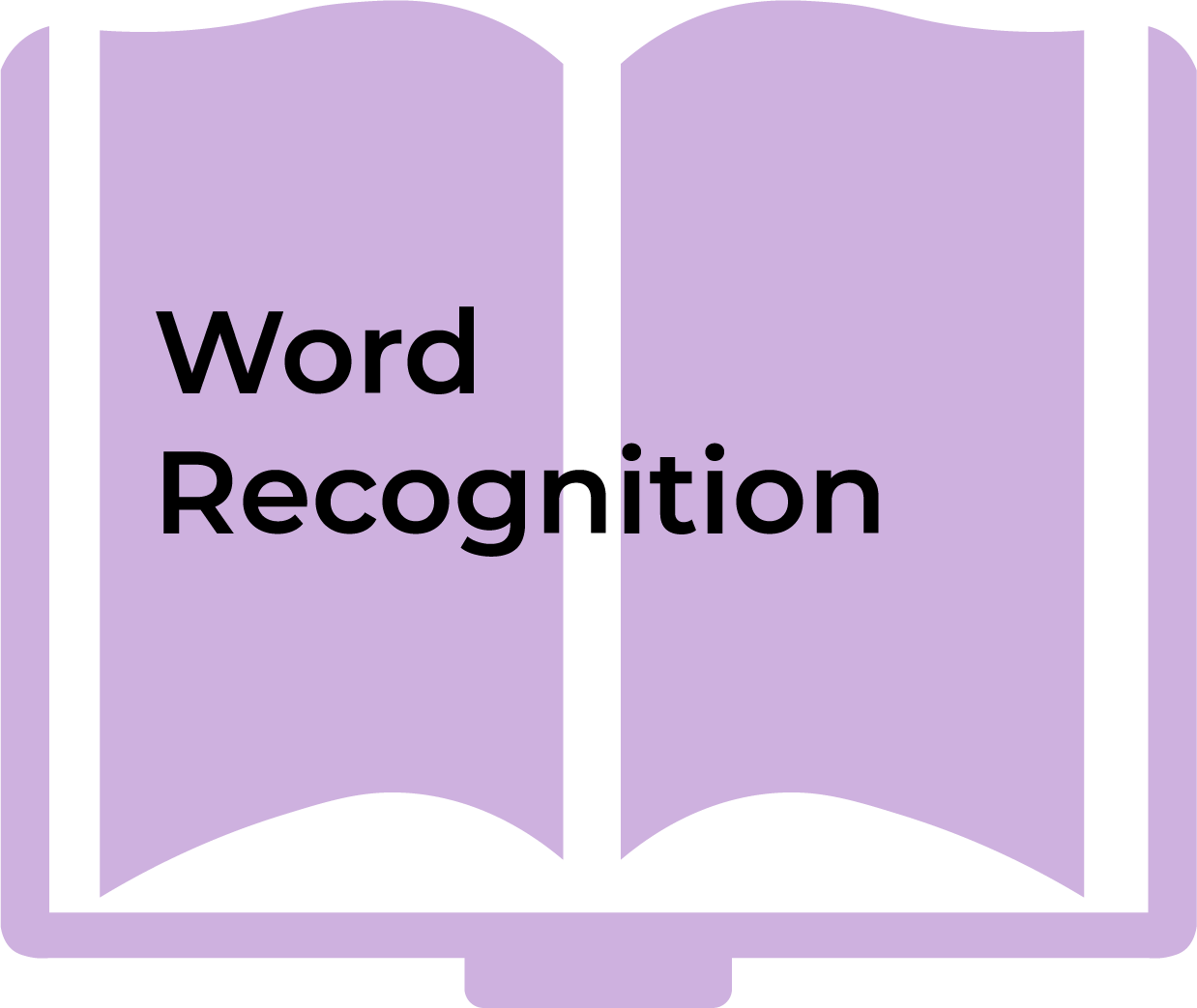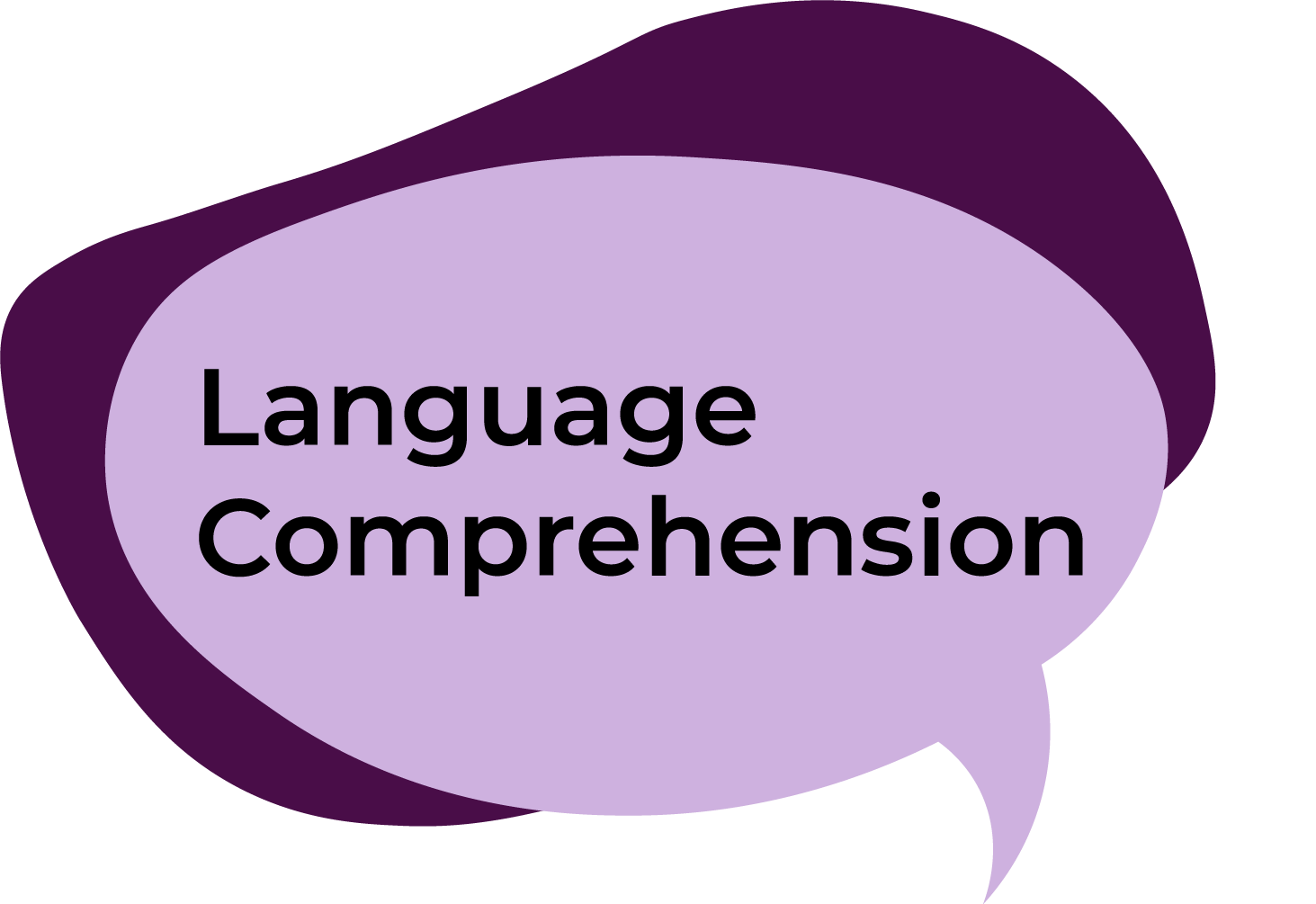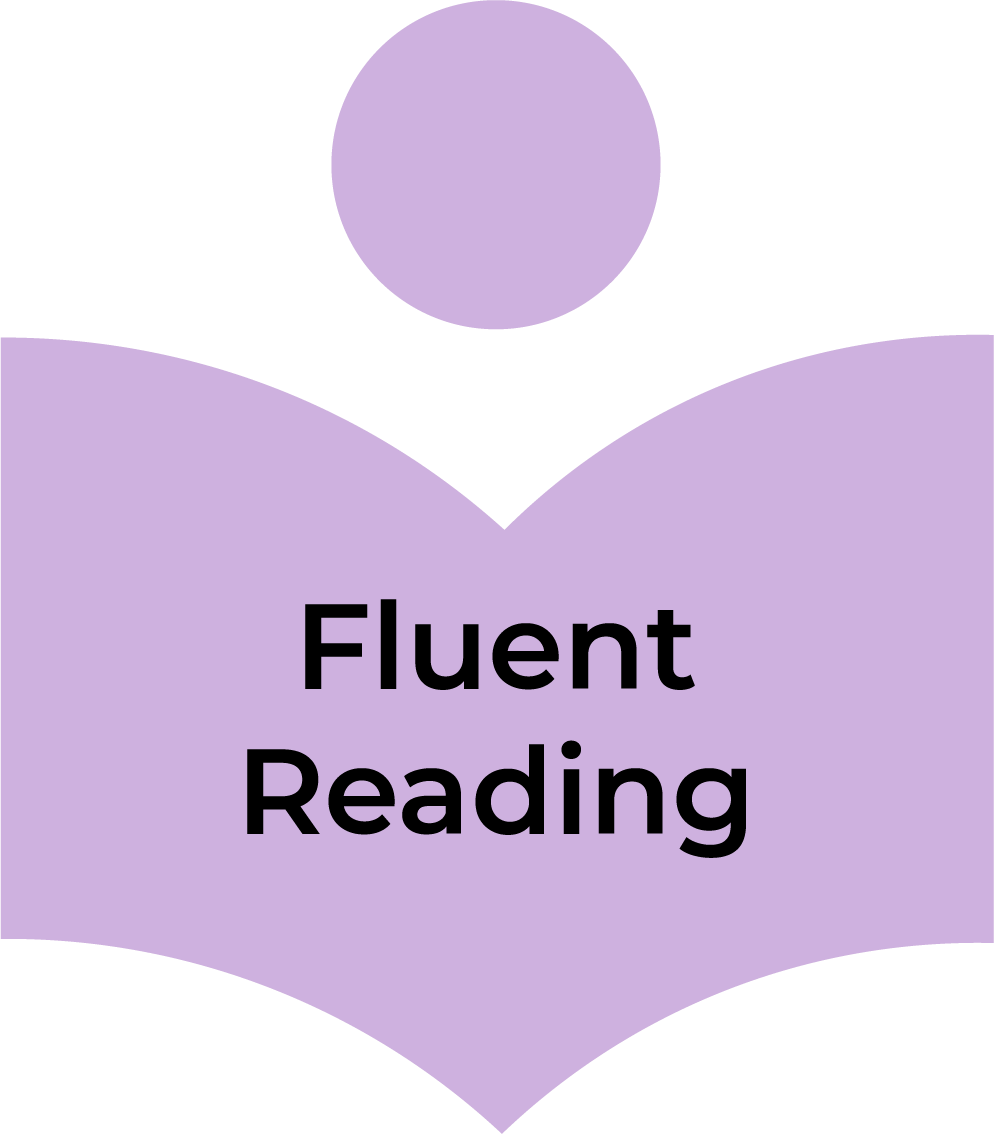Welcome to DataSTARS: Database of Sharing, Teaching, & Applying Reading Strategies!
DataSTARS is the result of work done out of a grant called: Preparing Teachers to Use a Variety of Evidence-Based Reading Strategies & Tools in the Science of Reading through Creation of a Shared Virtual Database: A Collaboration between Pre-service and In-service Educators – Applied in Virtual & F2F Environments. Read more here.





